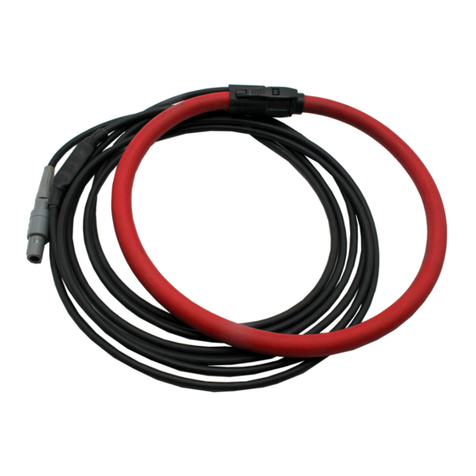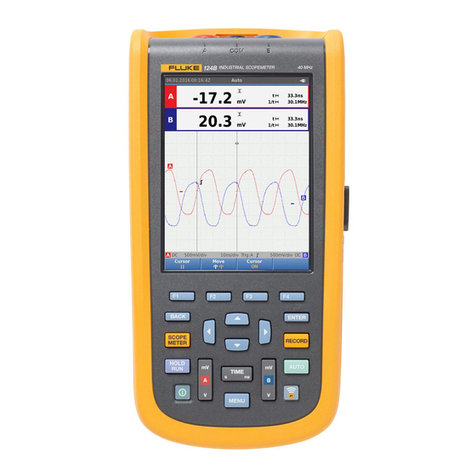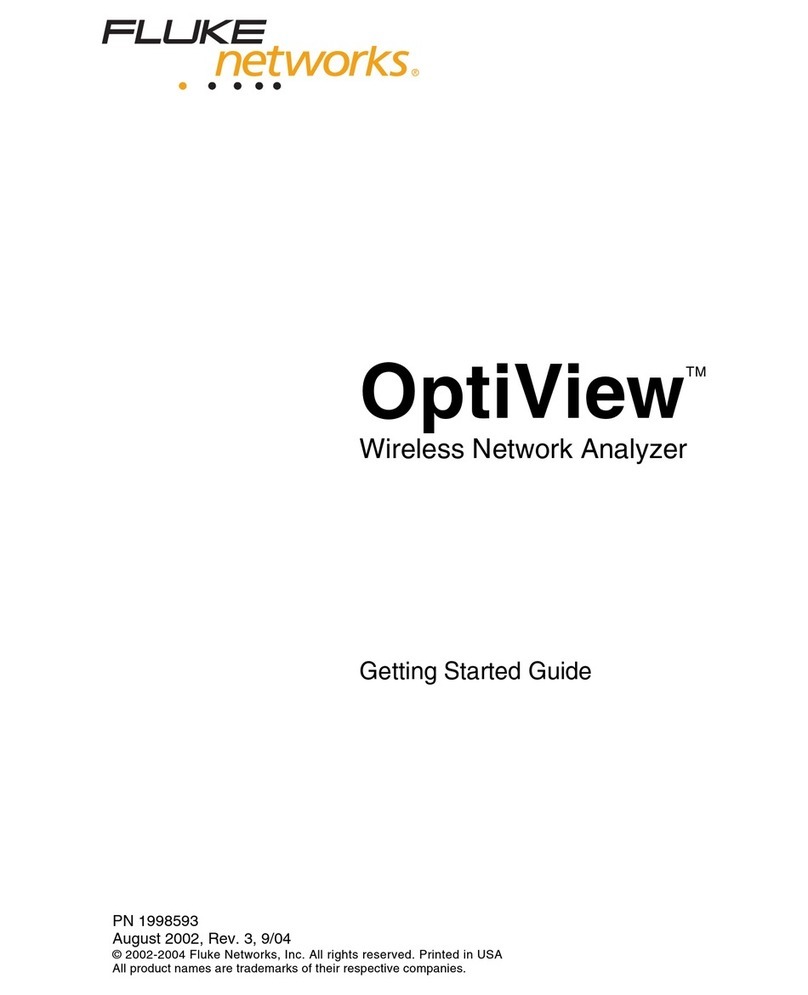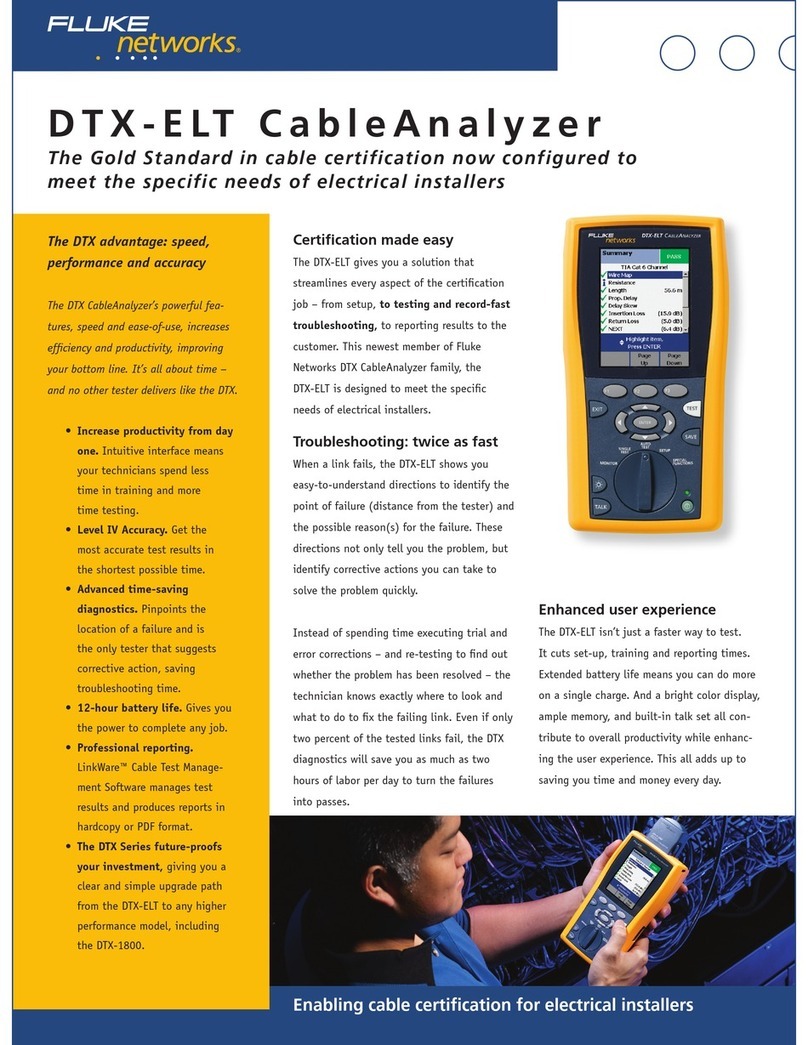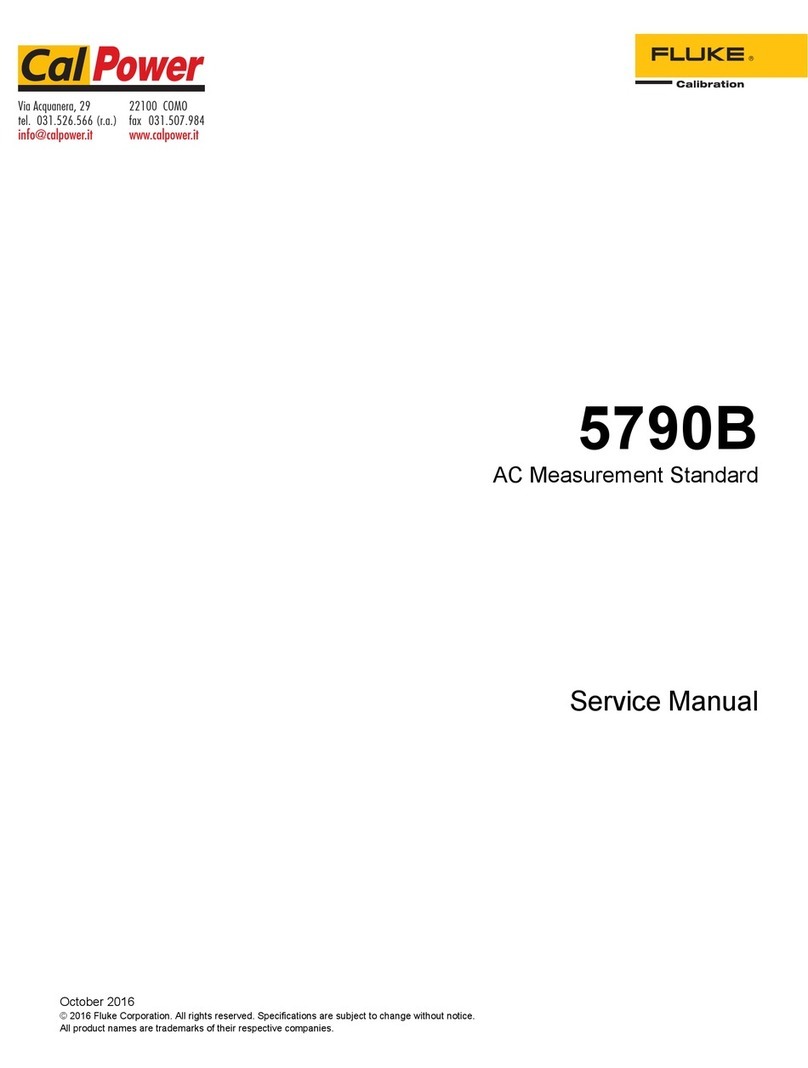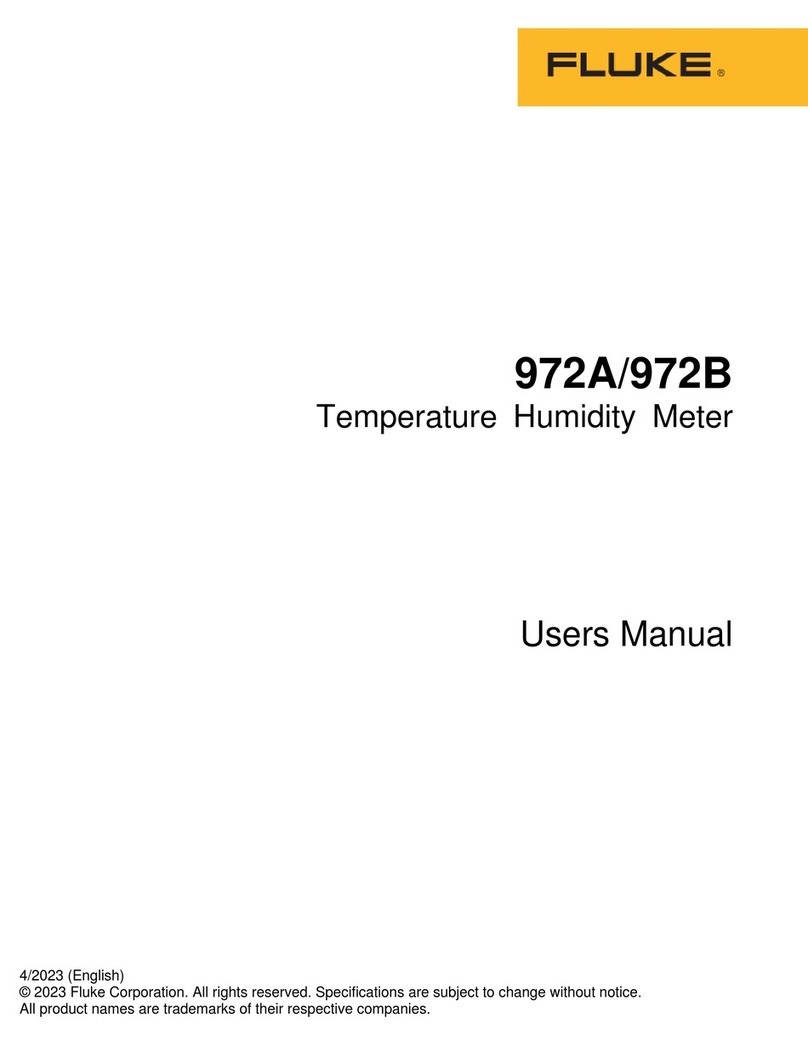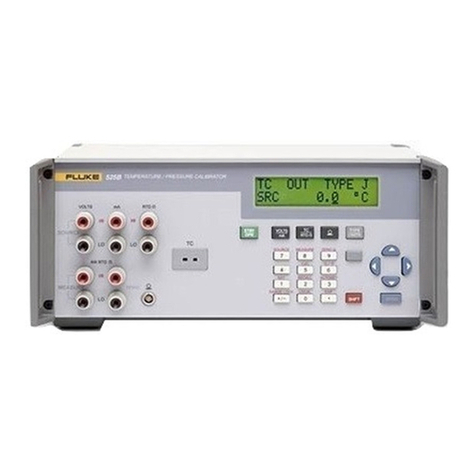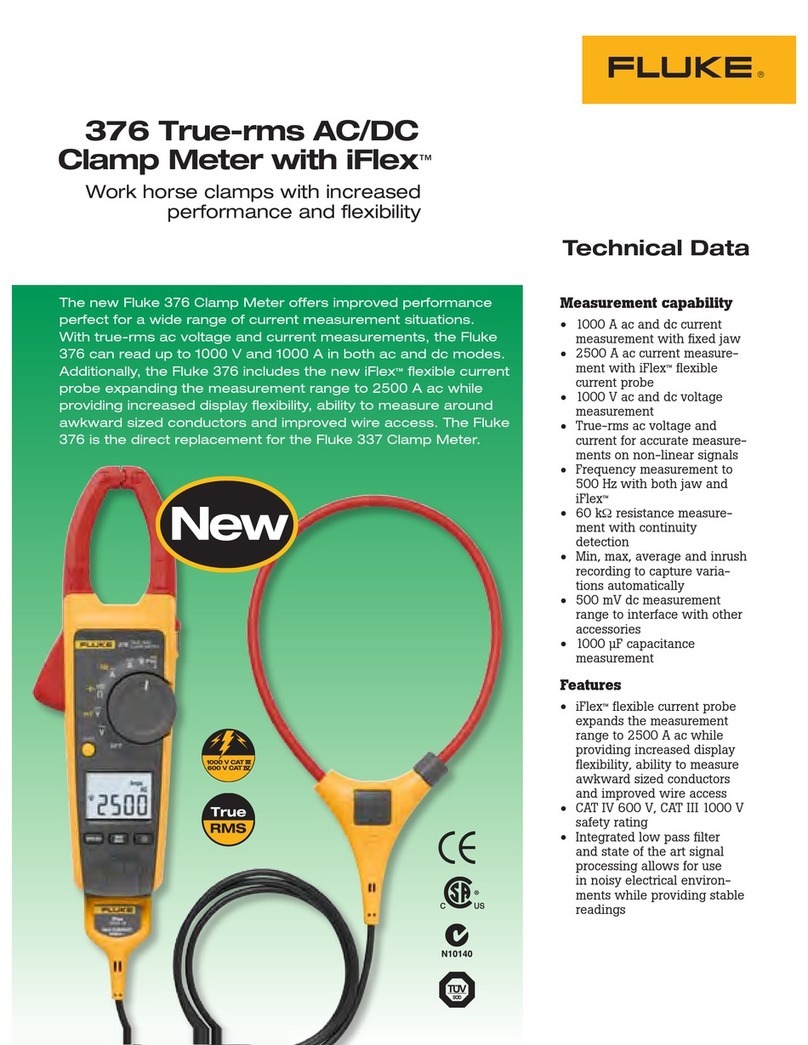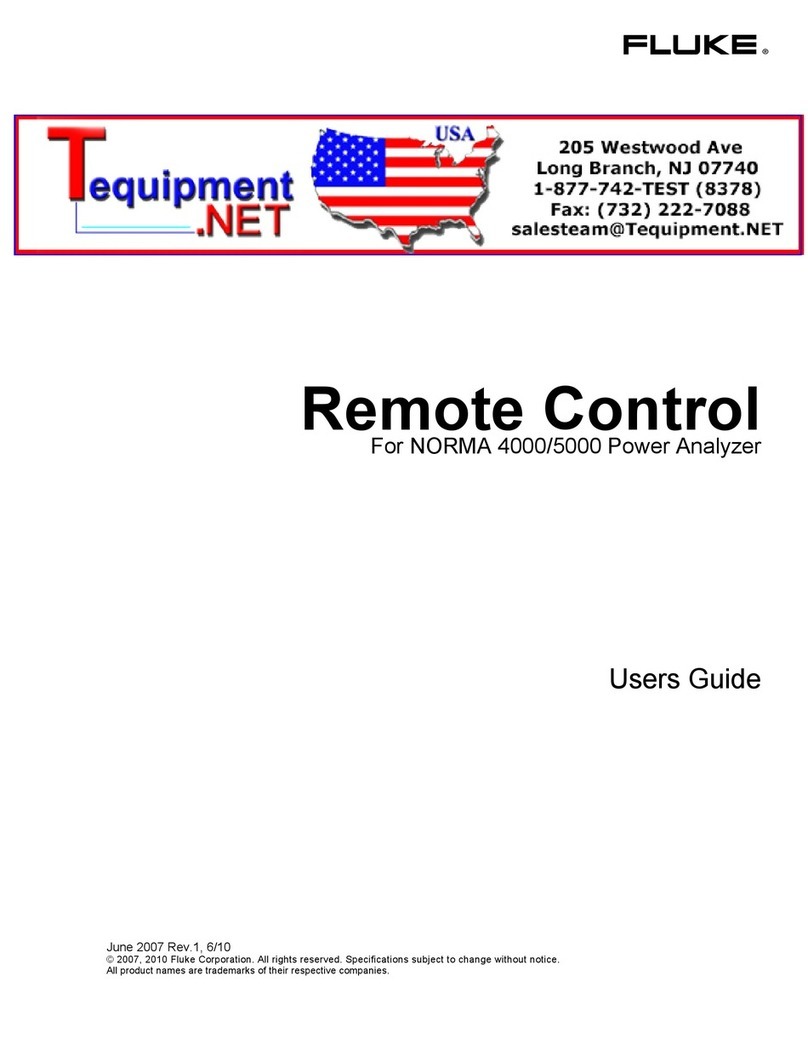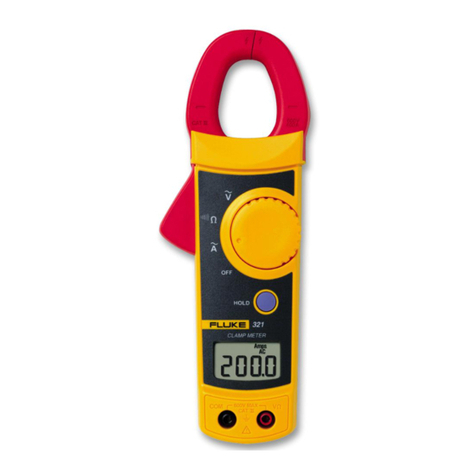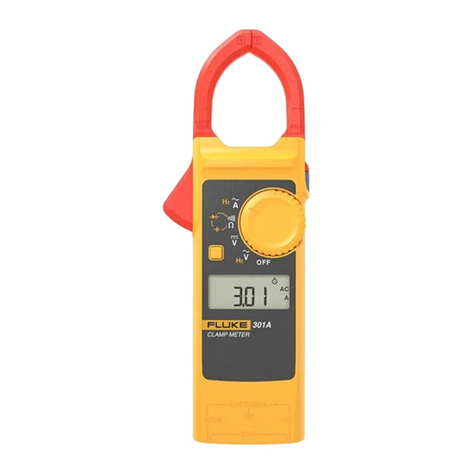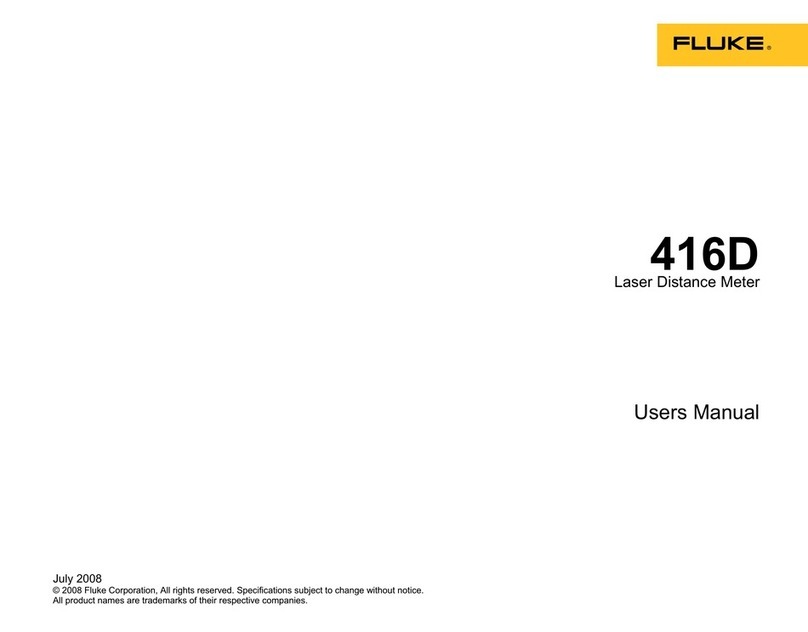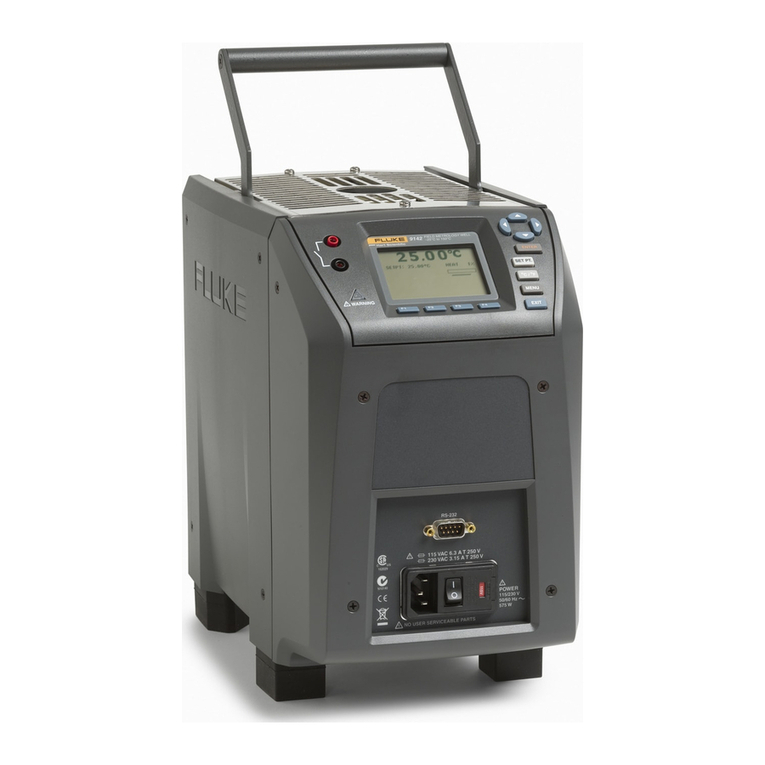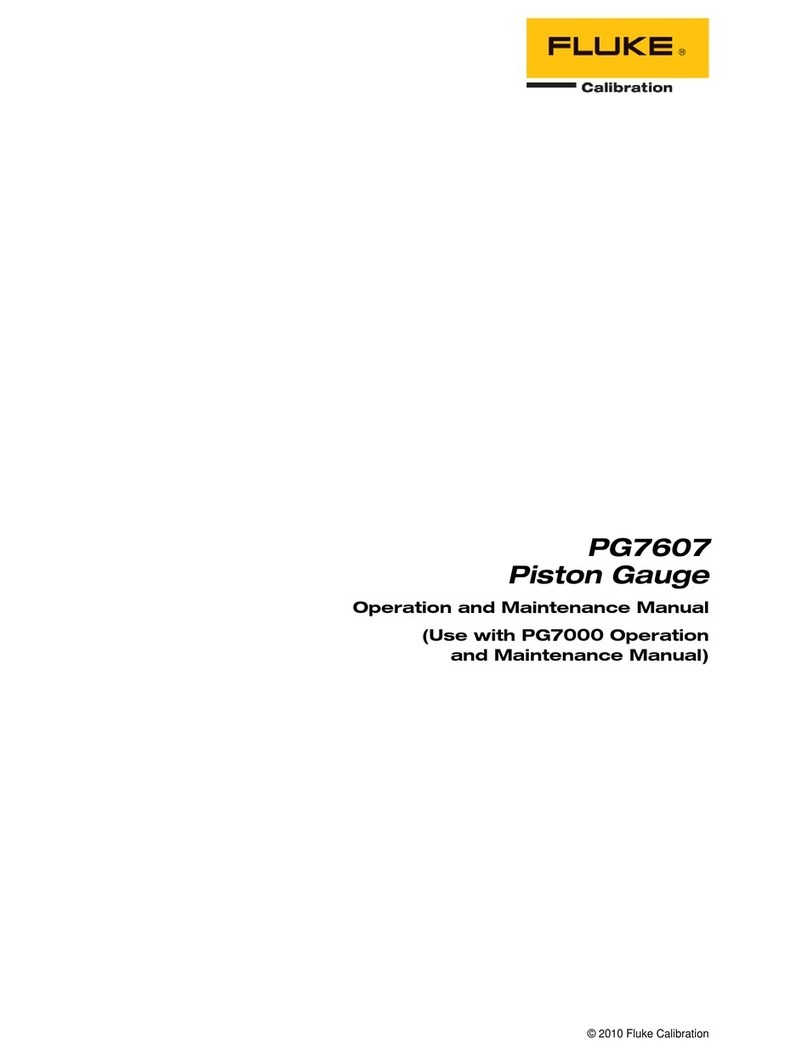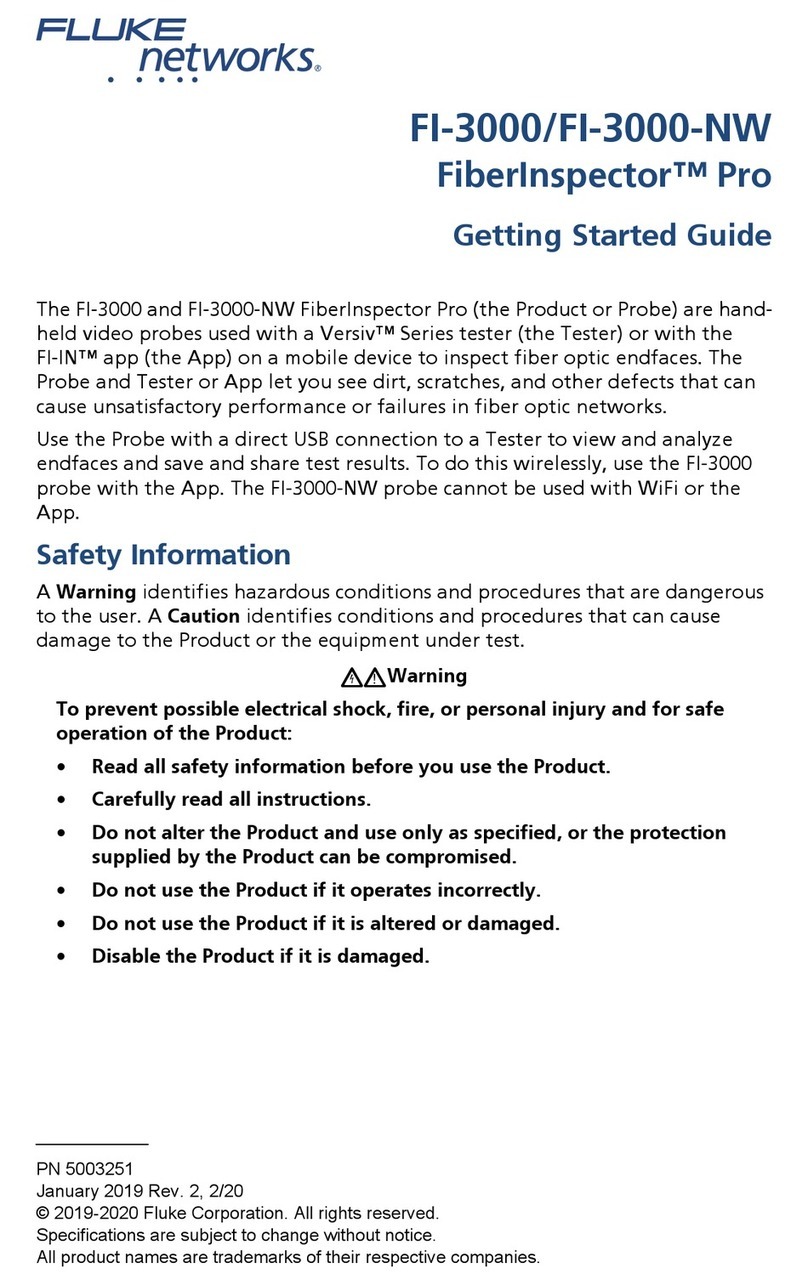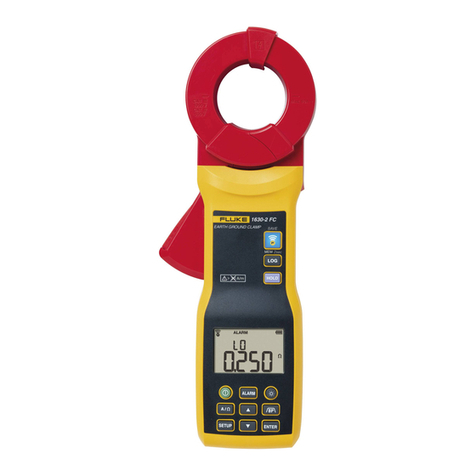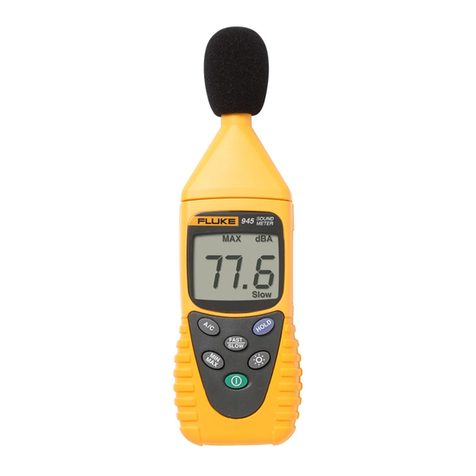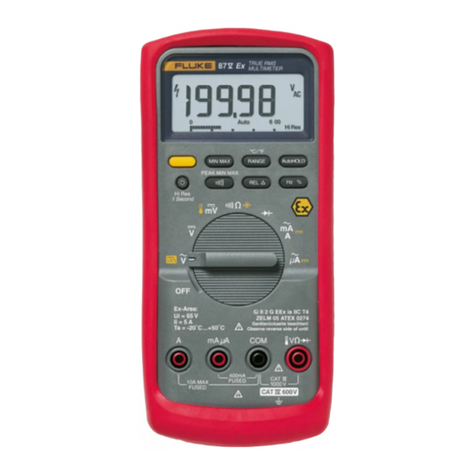CONTENTS
SAFETY...........................................................................2
Introduction ...................................................................2
PRODUCT PRESENTATION .........................................3
General .........................................................................3
Rear View......................................................................3
Front View.....................................................................4
INSTALLATION ...............................................................5
Unpacking.....................................................................5
Voltage-Range Selection ..............................................5
Grounding .....................................................................5
Connecting External Reference....................................6
Installing Options ..........................................................6
Calibrating the MTCXO.................................................6
OPERATING INSTRUCTIONS........................................8
Using the Frequency Counter.......................................8
Battery Unit ................................................................20
Error Codes.................................................................20
GPIB-INTERFACE OPERATION..................................21
Introduction .................................................................21
What Can I Do Using the Bus?...................................21
Connecting the Controller ...........................................22
Giving the Counter an Address...................................22
Checking the Communication.....................................22
Two Ways of Programming.........................................23
Syntax .........................................................................23
Selecting Output Separator.........................................24
How to Select Function ...............................................24
Selecting Measuring-Time...........................................24
Selecting Triggering.....................................................25
Totalize Start/Stop .......................................................25
Free-Run/Triggered.....................................................25
Service Request..........................................................26
Status Byte..................................................................26
Output Mode................................................................27
Bus Learn....................................................................30
Programming Data Out...............................................30
What Happens When I Switch to Local?.....................30
Summary of Bus Commands......................................31
Programming Examples..............................................32
SPECIFICATIONS .........................................................35
Measuring Functions...................................................35
Definitions....................................................................36
Input specifications......................................................36
General Information.....................................................37
Auxiliary Functions......................................................38
Optional Accessories...................................................38
Ordering Information ..................................................40
APPENDIX 1..................................................................41
Checking the Sensitivity of Counters ..........................41
INDEX ............................................................................43
4822 872 20021
5/12-April-1995
CONTENTS Page: 1
PM 6669 - OPERATORS MANUAL
